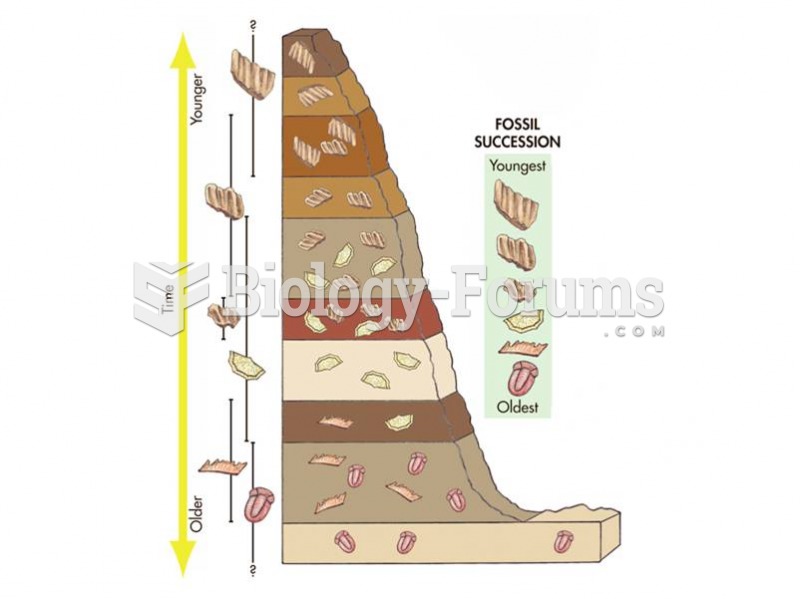|
|
|
Asthma cases in Americans are about 75% higher today than they were in 1980.
Earwax has antimicrobial properties that reduce the viability of bacteria and fungus in the human ear.
Before a vaccine is licensed in the USA, the Food and Drug Administration (FDA) reviews it for safety and effectiveness. The CDC then reviews all studies again, as well as the American Academy of Pediatrics and the American Academy of Family Physicians. Every lot of vaccine is tested before administration to the public, and the FDA regularly inspects vaccine manufacturers' facilities.
Aspirin is the most widely used drug in the world. It has even been recognized as such by the Guinness Book of World Records.
A seasonal flu vaccine is the best way to reduce the chances you will get seasonal influenza and spread it to others.







